ChatGPT:
Via Aemilia is one of the most significant Roman roads in Italy, constructed in 187 BCE. It served as a critical infrastructure for transportation, trade, and military movements in ancient Rome, contributing to the development of northern Italy.
Origin and Construction
• Date: Built in 187 BCE.
• Commissioned by: Roman consul Marcus Aemilius Lepidus, after whom the road is named.
• Purpose: To connect Ariminum (modern Rimini) on the Adriatic coast to Placentia (modern Piacenza) in the Po River Valley.
• Length: Approximately 262 kilometers (163 miles).
The road followed a relatively straight route across the Po Valley, taking advantage of the flat terrain and avoiding major geographic obstacles. It was paved with large stones, ensuring durability.
Historical Significance and Development
1. Economic Role:
• Facilitated trade between Rome and the fertile plains of the Po Valley, which became a hub for agriculture and commerce.
• Supported the movement of goods, including grain, wine, and olive oil, which were transported to northern settlements and beyond.
2. Urban Growth:
• Encouraged the founding and expansion of Roman colonies along the route, including Bononia (Bologna), Mutina (Modena), Parma, and Placentia (Piacenza).
• These towns grew into important economic and cultural centers, many of which remain significant cities today.
3. Military Strategy:
• Allowed the rapid deployment of Roman legions to secure the northern territories.
• Strengthened Roman control over the Cisalpine Gaul region, consolidating Roman authority over local tribes.
4. Cultural and Social Impact:
• Contributed to the Romanization of northern Italy, spreading Roman customs, architecture, and governance.
• Over time, it helped integrate the region into the broader Roman Empire.
Later Development and Modern Legacy
• Medieval Period: The road continued to be a key transportation route, supporting trade and pilgrimages during the Middle Ages.
• Modern Infrastructure: Portions of the Via Aemilia form the foundation for modern highways (SS9), linking contemporary cities in Emilia-Romagna.
• Tourism and Heritage:
• The route remains a focal point for exploring Roman history, archaeology, and architecture.
• Cities along the Via Aemilia preserve Roman ruins, medieval cathedrals, and Renaissance art, showcasing layers of history.
Via Aemilia exemplifies Roman engineering brilliance and continues to influence the urban and economic landscape of Italy nearly 2,200 years after its construction.
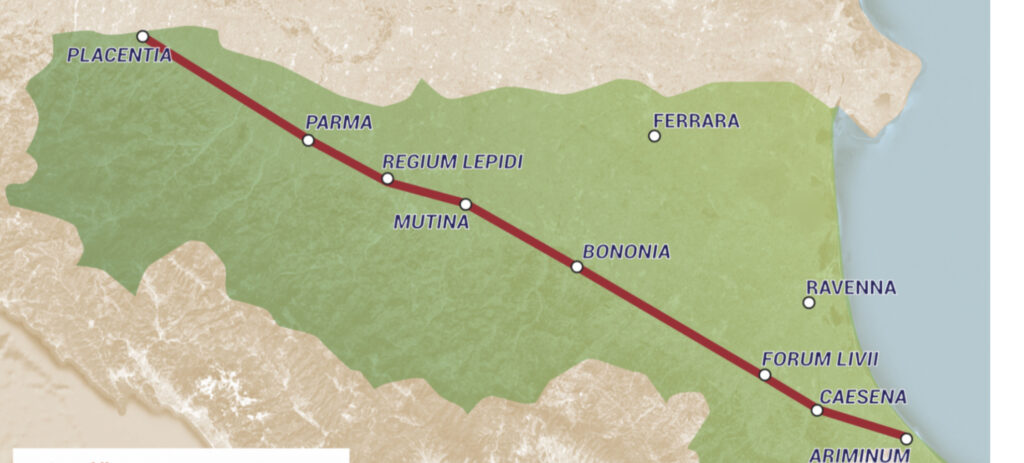
Walking Through Time: Tracing the Ancient Route of Via Aemilia
The Via Aemilia, built in 187 BCE, offers travelers a journey not just through Italy but through time itself. Stretching approximately 262 kilometers (163 miles) from Ariminum (modern Rimini) on the Adriatic coast to Placentia (modern Piacenza) in the fertile Po Valley, this Roman road remains a testament to ancient engineering and urban planning.
A Journey Along the Route
Traveling along the Via Aemilia today reveals layers of history woven into the landscape. Modern highways and railways often trace the same path, making it easy to explore cities that flourished because of this road.
• Rimini (Ariminum): Gateway to the Route
Start at Rimini, where the Arch of Augustus (27 BCE) marks the beginning of the Via Aemilia. This imposing Roman arch still welcomes visitors just as it did centuries ago. Nearby, remnants of ancient walls and the Tiberius Bridge provide glimpses of Roman architectural brilliance.
• Bologna (Bononia): Heart of the Road
Moving inland, Bologna, founded as a Roman colony, remains a cultural and culinary hub. Beneath the medieval and Renaissance structures, archaeological sites reveal Roman roads, aqueducts, and city layouts. The city’s museums preserve artifacts that highlight its Roman roots.
• Modena (Mutina): A Center of Wealth
Further west, Modena is known for its Roman origins and later medieval splendor. Archaeological digs have uncovered mosaics, villas, and portions of the original road surface, connecting modern visitors to its Roman past.
• Parma: Art and Trade Along the Route
Parma, another stop along the Via Aemilia, boasts Roman ruins blended with medieval and Renaissance architecture. Visitors can explore remains of ancient baths and roads while enjoying the city’s renowned gastronomy, including Parmigiano Reggiano cheese.
• Piacenza (Placentia): The Road’s End
The journey concludes at Piacenza, a Roman stronghold that still preserves its original grid-like street layout. Roman-era artifacts can be found in local museums, reminding travelers of its strategic role in controlling access to the Po Valley.
Archaeological Traces and Hidden Gems
Alongside the well-known cities, the Via Aemilia offers smaller towns and rural stretches where ancient paving stones and milestones emerge from the earth. Sites such as Forum Livii (modern Forlì) and Mutatio (Roman inns) uncover stories of merchants, soldiers, and pilgrims who once walked this path.
A Modern Pilgrimage
Today, following the Via Aemilia isn’t just about history; it’s also a celebration of Italian culture, blending ancient ruins with vibrant modern life. Museums, theaters, and markets coexist with archaeological remains, inviting travelers to experience the route’s evolving story.
For those seeking a deeper connection to Italy’s past, walking or cycling segments of the Via Aemilia offers a tangible link to the ancient world—a road that has witnessed more than 2,200 years of history.
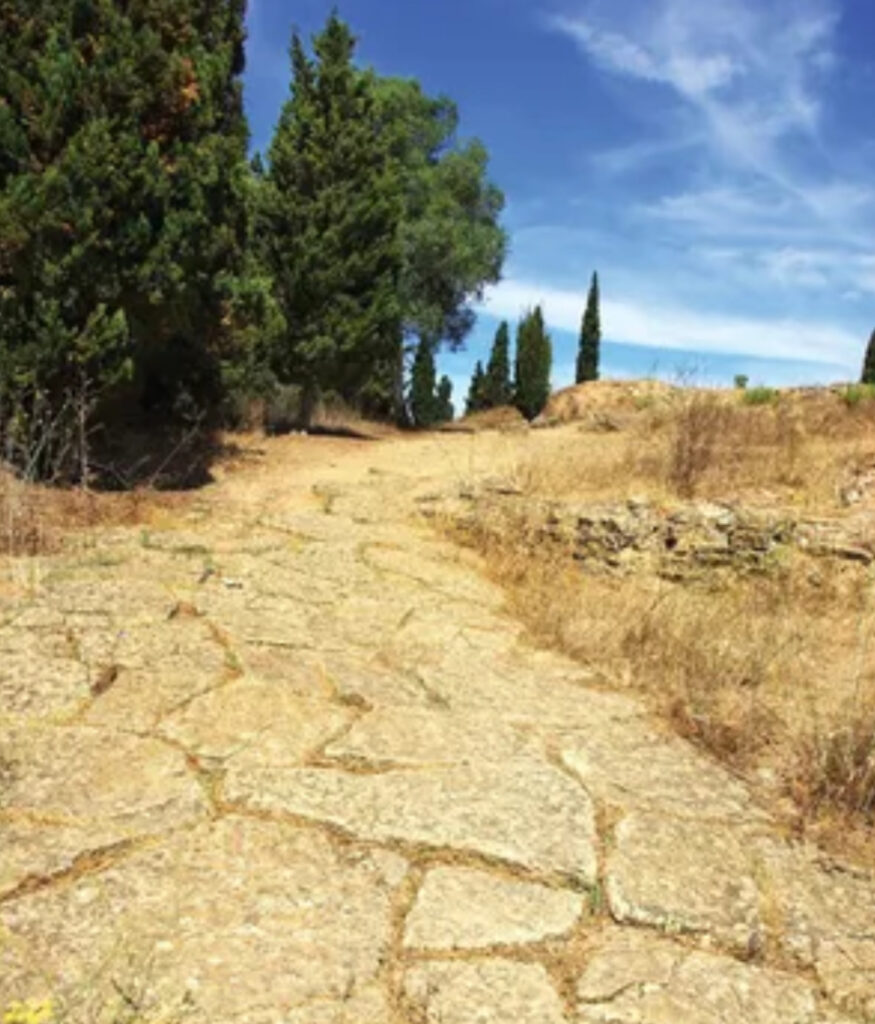
The Via Aemilia retains several visible traces along its ancient route, offering glimpses into Roman engineering and urban planning. Here are the major still-visible remnants along the Via Aemilia:
1. Rimini (Ariminum)
• Arch of Augustus (27 BCE):
• Marks the starting point of the Via Aemilia.
• The oldest surviving Roman triumphal arch, symbolizing Rome’s authority.
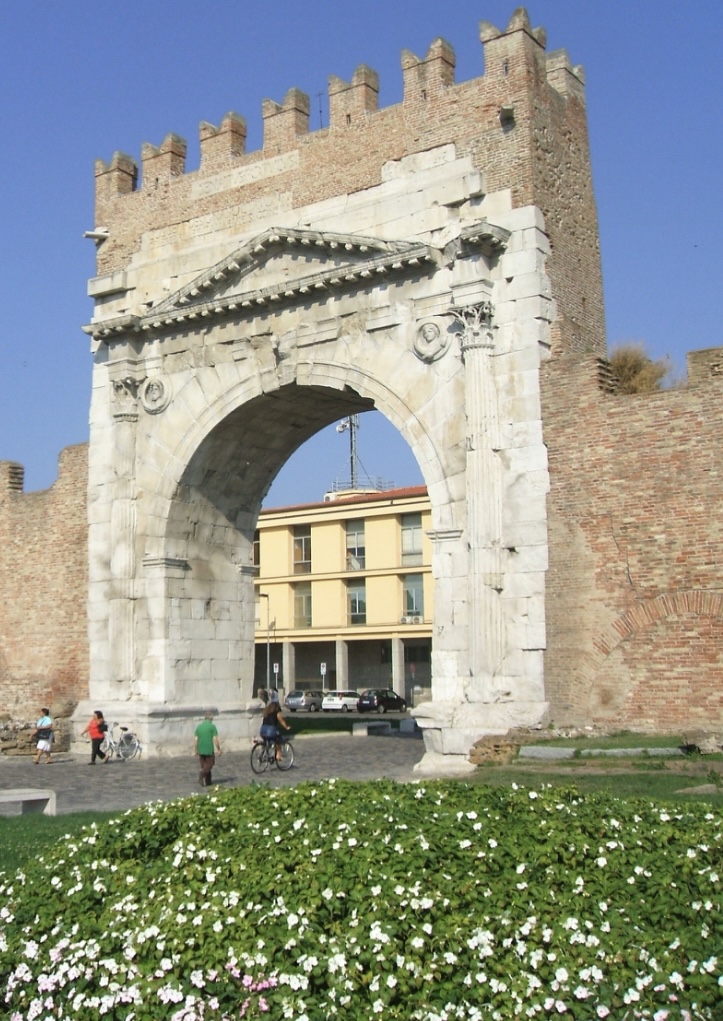
• Tiberius Bridge (21 CE):
• A five-arch stone bridge that still carries traffic today.
• Built entirely of Istrian limestone, showcasing Roman durability.
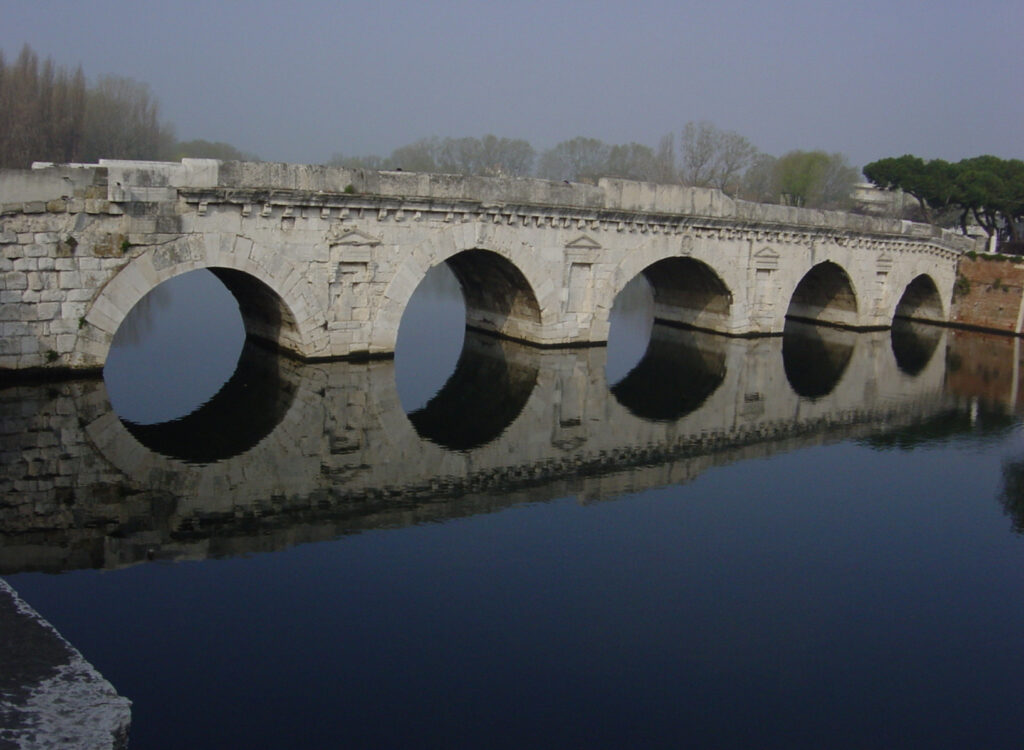
2. Cesena
• Portions of the Roman Roadbed:
• Visible in archaeological digs and museum exhibits.
• Roman Theater Foundations:
• Discovered beneath modern structures, reflecting the city’s ancient importance.
3. Forlì (Forum Livii)
• Roman Forum Foundations:
• Traces of the ancient market square, which gave the town its Roman name.
• Villa Rustica Ruins:
• Excavations of rural Roman villas in the surrounding countryside.
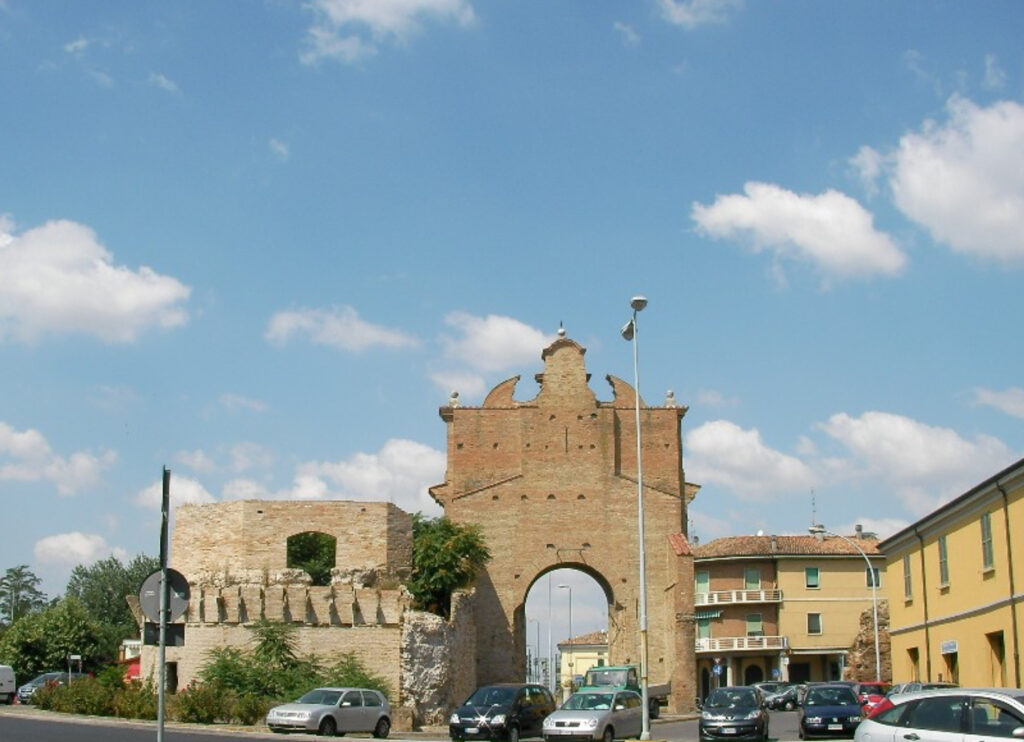
4. Faenza (Faventia)
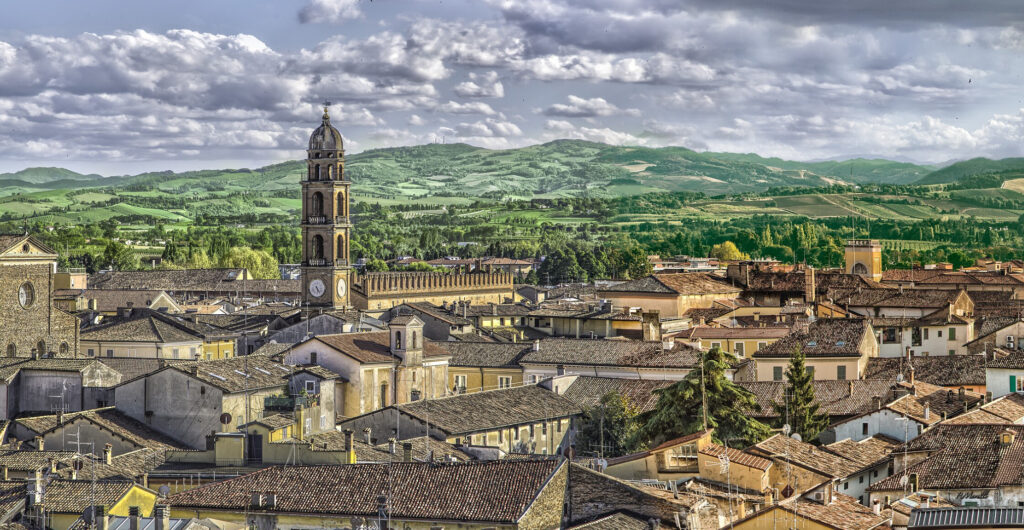
• Roman Pottery and Tiles:
• Found in archaeological digs, highlighting Faenza’s ceramic production heritage.
• Remnants of City Walls and Roads:
• Integrated into modern streets and visible in some urban areas.
5. Bologna (Bononia)
• Roman Road Segment (Via Emilia):
• Preserved underground and accessible through guided tours at the Museo Civico Archeologico.
• Roman Theater Remains:
• Partly excavated ruins near Via de’ Carbonesi, illustrating the city’s cultural life.
• Underground Aqueducts:
• Roman engineering marvels still visible in parts of the city.
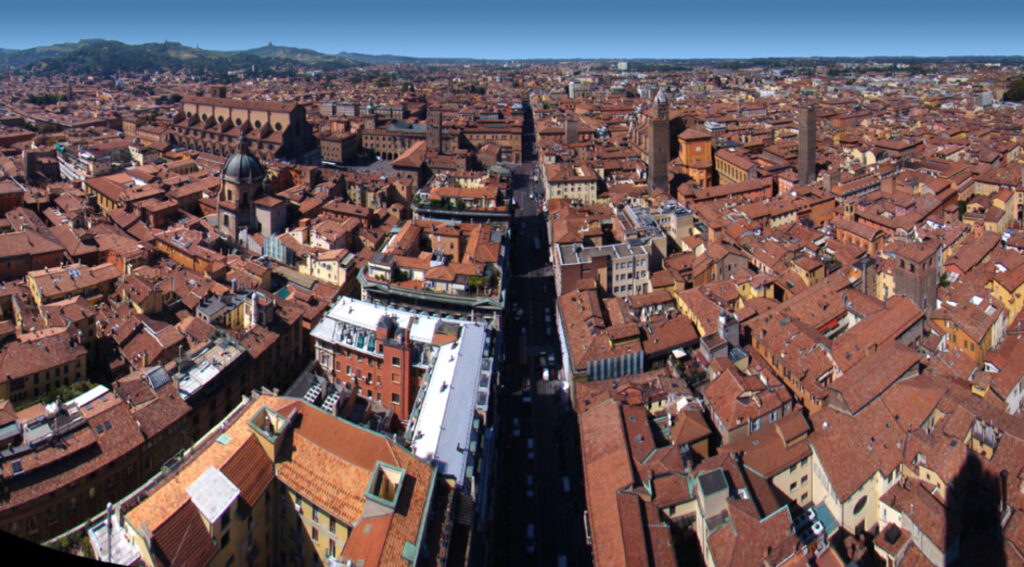
6. Modena (Mutina)
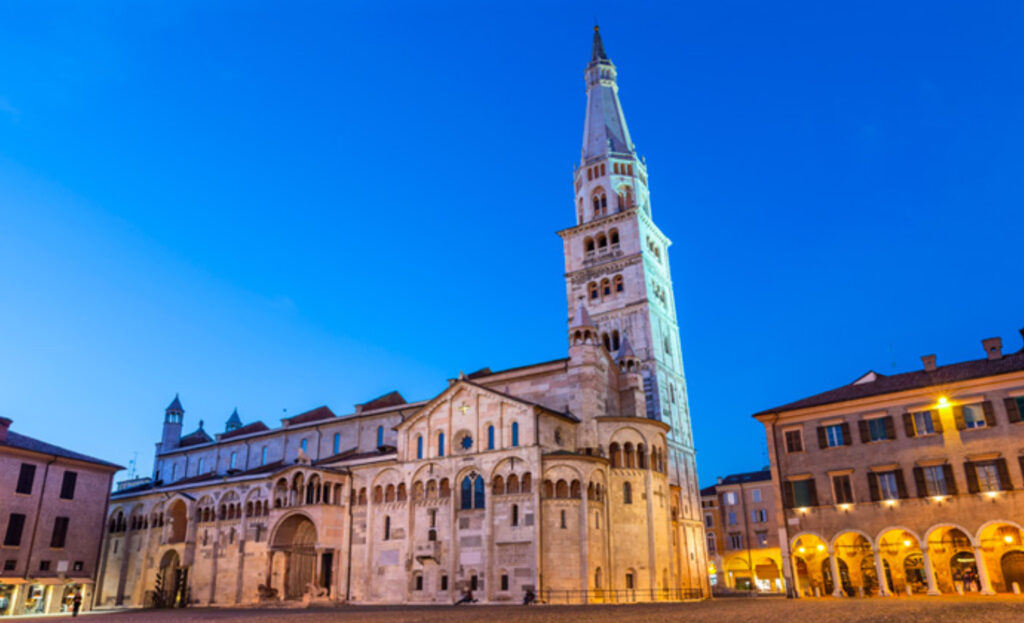
• Portion of the Via Aemilia’s Pavement:
• Preserved in archaeological exhibits, including the Museo Civico Archeologico.
• Roman Necropolis:
• Tombs and burial artifacts displayed in local museums.
• Forum Foundations:
• Unearthed remains showing Modena’s ancient urban layout.
7. Reggio Emilia (Regium Lepidi)
• Roman City Grid:
• Visible in the layout of modern streets, reflecting its Roman origins.
• Mosaics and Villas:
• Preserved in the Museo Civico and surrounding archaeological parks.
8. Parma
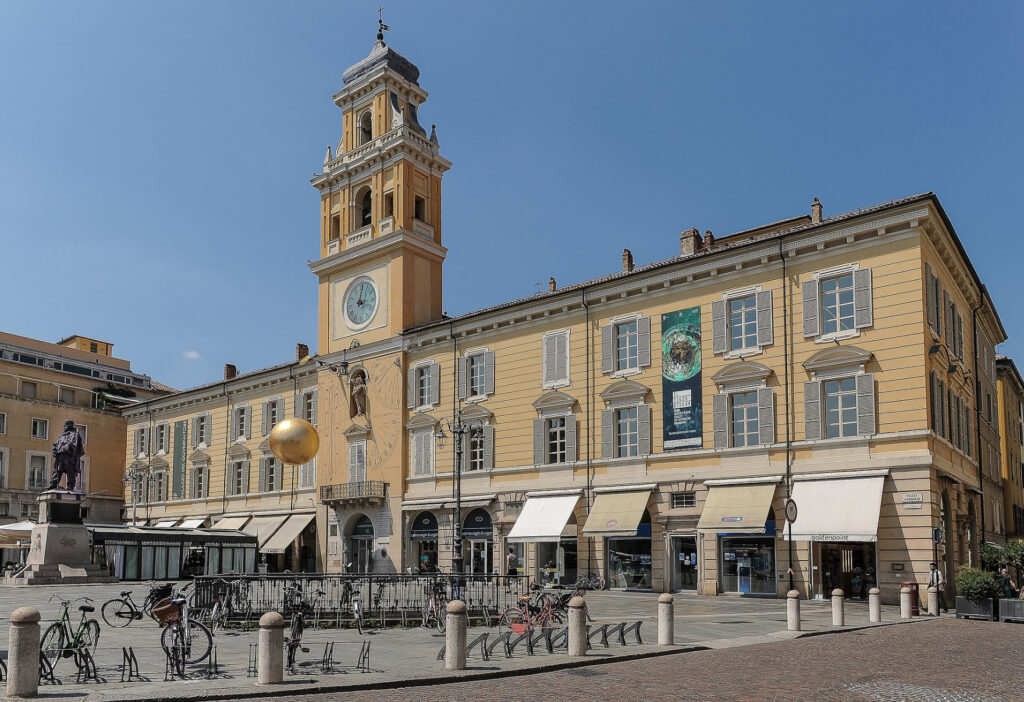
• Roman Bridge Foundations:
• Discovered along the route of the original road.
• City Walls and Gates:
• Portions incorporated into medieval defenses and preserved in the city center.
• Bathhouse Remains:
• Excavations reveal traces of Roman baths.
9. Fidenza (Fidentia)
• Roman Theater and Forum Foundations:
• Parts of public buildings discovered in archaeological digs.
• Milestones:
• Markers showing distances along the Via Aemilia, displayed in local museums.
10. Piacenza (Placentia)
• Original Roman Street Layout:
• Still visible in the grid-like structure of modern streets.
• Remains of Roman Walls and Gates:
• Integrated into later medieval fortifications.
• Archaeological Museum Exhibits:
• Displays of inscriptions, statues, and coins linked to the Via Aemilia.
11. Veleia Romana (Near Piacenza)
• Forum and Basilica Ruins:
• A remarkably preserved Roman town near the Via Aemilia.
• Thermal Baths and Villas:
• Showcasing Roman engineering and social structures.
• Tabula Alimentaria (Bronze Inscription):
• One of the largest Roman inscriptions, detailing food distribution programs.
12. Santarcangelo di Romagna
• Underground Caves and Tunnels:
• Believed to date back to Roman and pre-Roman periods, potentially linked to storage or drainage systems.
13. Rubiera
• Roman Milestones and Road Segments:
• Preserved near the town, marking distances along the Via Aemilia.
Key Archaeological Museums Along the Route:
• Museo Civico Archeologico (Bologna):
• Houses artifacts, mosaics, and maps of the Via Aemilia.
• Museo Archeologico Nazionale di Parma:
• Displays Roman sculptures, tools, and road markers.
• Museo Archeologico di Modena:
• Features Roman relics from villas, roads, and necropolises.
Modern Discoveries
Many traces of the Via Aemilia are still being uncovered during construction projects, showing the enduring presence of Roman infrastructure. Modern highways, including SS9, follow the ancient route, making it possible to experience this history firsthand.
This combination of archaeological sites, preserved road sections, and museum collections ensures that the legacy of the Via Aemilia remains alive for history enthusiasts and travelers alike.
Via Aemilia and Gastronomy: Tasting History Along an Ancient Route
The Via Aemilia, built in 187 BCE, not only served as a vital Roman road for trade and military movement but also played a key role in shaping the culinary identity of Emilia-Romagna, one of Italy’s richest gastronomic regions. Stretching from Rimini on the Adriatic coast to Piacenza in the Po Valley, this ancient route connected fertile farmlands and prosperous towns, creating a legacy of food traditions that endure today.
A Culinary Journey Along the Via Aemilia
1. Rimini (Ariminum): The Adriatic’s Seafood Haven
• Roman Influence: As a port city, Rimini imported exotic ingredients and spices, influencing its cuisine.
• Modern Highlights:
• Piadina Romagnola – A thin flatbread dating back to Roman times, served with cured meats, cheeses, and vegetables.
• Brodetto di Pesce – A rich seafood stew reflecting Rimini’s maritime history.
• Squacquerone Cheese – A soft, creamy cheese often paired with piadina.
2. Cesena and Forlì: Roman Farmlands
• Agricultural Roots: These towns were surrounded by fertile plains ideal for grains, olives, and vineyards.
• Modern Highlights:
• Sangiovese Wine – Believed to have originated in this region, it pairs perfectly with local dishes.
• Tortelli alla Lastra – A stuffed pasta, often filled with herbs and ricotta, rooted in ancient Roman culinary techniques.
3. Faenza (Faventia): The Ceramic and Culinary Crossroads
• Roman Trade Hub: Known for its pottery, Faenza also adopted diverse cooking styles through trade.
• Modern Highlights:
• Cappelletti in Brodo – Pasta filled with meat or cheese, served in rich broth, reflecting Roman banquet traditions.
• Pork-based Dishes – Sausages and roasted pork dishes highlight Roman preservation techniques.
4. Bologna (Bononia): The Culinary Capital
• Roman Origins: Bologna’s central location made it a hub for trade and innovation, influencing its culinary diversity.
• Modern Highlights:
• Tagliatelle al Ragù (Bolognese Sauce) – A pasta dish with origins in Roman meat stews.
• Mortadella – A spiced pork sausage rooted in Roman recipes.
• Lasagna alla Bolognese – Layers of pasta, meat, and béchamel, echoing Roman layering techniques in cooking.
5. Modena (Mutina): Balsamic Traditions
• Roman Vineyards: Modena’s fertile lands were ideal for viticulture and vinegar production.
• Modern Highlights:
• Aceto Balsamico Tradizionale di Modena – A centuries-old balsamic vinegar that matured from Roman practices of grape must reduction.
• Zampone and Cotechino – Hearty pork dishes that evolved from Roman preservation methods.
6. Parma: The Land of Cheese and Ham
• Roman Agricultural Innovation: Parma was a hub for grain and livestock farming.
• Modern Highlights:
• Parmigiano Reggiano – Known as the “King of Cheeses,” it dates back to the Middle Ages but shares techniques used by the Romans to age cheeses.
• Prosciutto di Parma – Dry-cured ham, possibly influenced by Roman salting techniques for preserving meat.
• Anolini in Brodo – Pasta stuffed with cheese or meat, served in broth, reminiscent of Roman soups.
7. Piacenza (Placentia): Gateway to the Po Valley
• Roman Frontier Town: As the terminus of the Via Aemilia, Piacenza was a supply point for soldiers and traders.
• Modern Highlights:
• Pancetta Piacentina – Cured pork belly, reflecting Roman preservation techniques.
• Pisarei e Fasò – Handmade dumplings served with beans, illustrating simple, hearty Roman meals.
• Gutturnio Wine – A red wine linked to ancient Roman vineyards in the region.
Gastronomic Legacy of the Via Aemilia
1. Ancient Techniques Still Alive:
• Curing and Preservation: Roman methods for salting, drying, and aging meats and cheeses continue in products like Prosciutto di Parma and Mortadella.
• Fermentation and Vinegar Production: Techniques for fermenting grape must into balsamic vinegar originated in this region.
• Pasta and Bread Making: Ancient grains and milling methods influenced the production of flatbreads like piadina and stuffed pastas like cappelletti.
2. Wines Along the Road:
• Roman viticulture introduced grape varieties that thrive today, producing renowned wines such as Lambrusco and Sangiovese.
3. Modern Celebrations:
• Food festivals like Festa Artusiana in Forlimpopoli honor local cuisine and historic recipes inspired by Roman traditions.
Tasting History Today
Traveling the Via Aemilia is more than a historical journey—it’s a culinary pilgrimage. From ancient flatbreads to luxurious aged cheeses and wines, the region blends Roman techniques with medieval and modern innovations. Visitors can explore traditional markets, wineries, and trattorias, enjoying flavors that have endured for over 2,200 years.
Whether savoring Parmigiano Reggiano in Parma, indulging in balsamic vinegar in Modena, or enjoying a seafood feast in Rimini, the Via Aemilia connects food lovers to Italy’s rich past and vibrant present.

